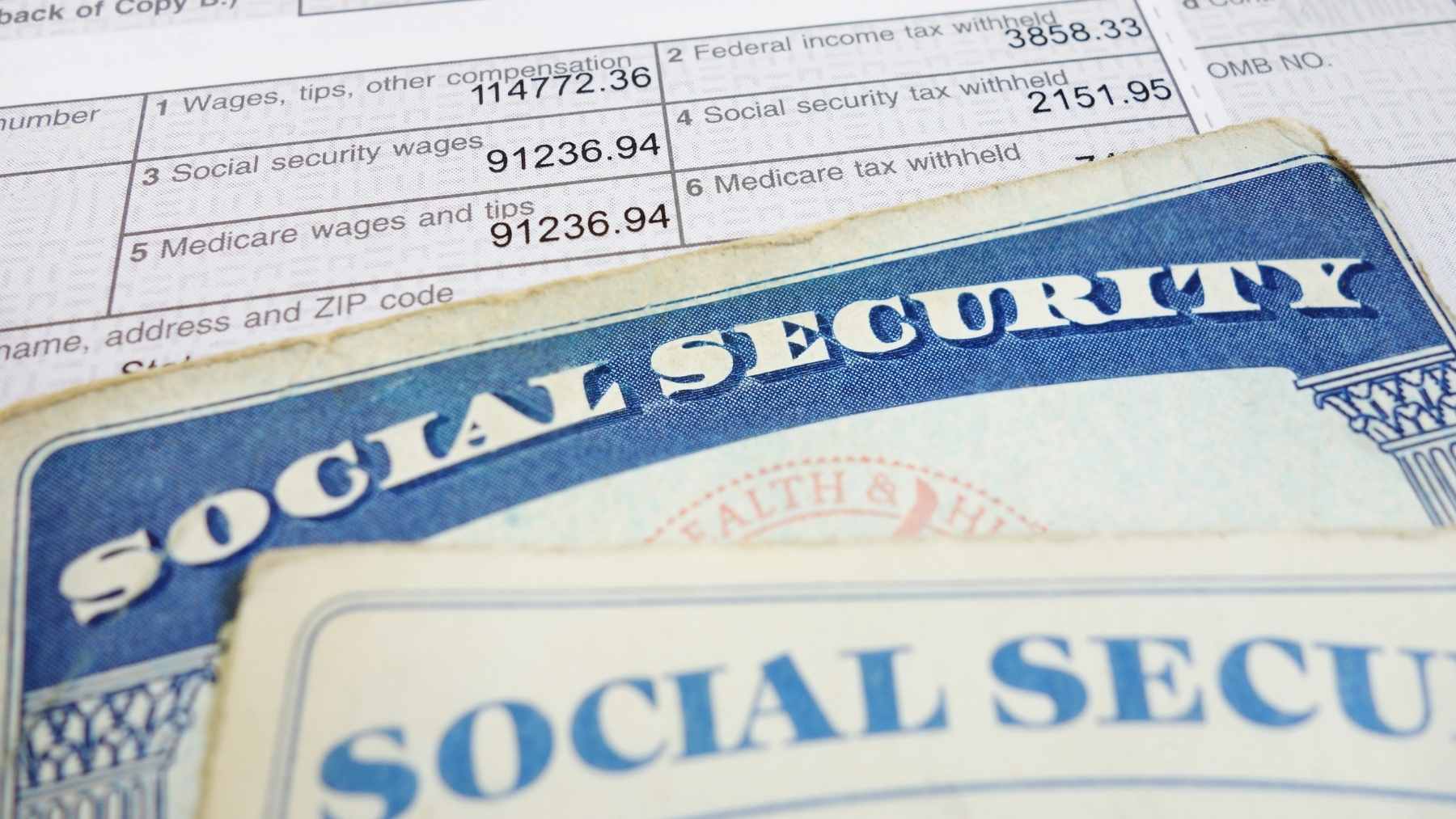The Social Security Administration (SSA) is a cornerstone social support program for the millions of beneficiaries who receive payments from the Administration every month. Many of these recipients rely solely on their SSA benefits in order to cover their monthly expenses every month, meaning that the SSA needs to ensure that they make their payments to their beneficiaries in a timely manner. In the next few days, if you meet the eligibility criteria, you may receive up to $5,000 from the SSA for your retirement benefits.
The SSA supports millions of beneficiaries
Approximately 70 million beneficiaries are supported by the SSA every month. While the majority of these beneficiaries are retirees, the SSA also supports those who receive payments from the Supplementary Security Income (SSI) fund as well as those who receive Disability benefits. While some beneficiaries receive payments from more than one of these funds, the eligibility criteria is different for each.
To receive retirement benefits from the SSA, you need to ensure that you have paid your Social Security taxes for at least ten years. Whether or not you receive additional income from other sources in your retirement is irrelevant to your eligibility to receive retirement benefits. In fact, the SSA actively encourages current working individuals to have a comprehensive retirement plan beyond their Social Security benefits in order to ensure that you can live a comfortable retirement which is free from financial stress.
However, if you are an SSI or Disability beneficiary, changes to your income status beyond the program will affect whether or not you can continue to receive benefits from these funds. This is because SSI is intended to for beneficiaries who have very little to no income or resources whereas Disability payments are reserved for individuals who are unable to earn an income due to a disability. If you are able to receive a consistent source of income, you may not be able to receive benefits from these funds anymore as they are intended to keep people without an income afloat.
$5,000 payment coming soon for these eligible beneficiaries
According to the Social Security payment schedule, the next upcoming payment date for SSA beneficiaries is Wednesday, 20 August whereby beneficiaries with a birthdate between the 1th and 20th of any given month are paid. Of these beneficiaries, some will be eligible to receive the maximum Social Security payment of $5,108.
In order to qualify to receive this maximum Social Security payment benefit, you need to meet the following criteria:
- Only claim your benefits at 70 years old
- Have at least 35 years of working history
- Obtain at least 40 working credits from the SSA
While the SSA allows their beneficiaries to claim their benefits as early as 62 years old, you are rewarded with highly monthly benefits if you choose to delay claiming your benefits. However, beyond 70 years old, no additional benefit is given to you for delaying to claim your benefits.
Double August payments for these beneficiaries
While the SSA makes a conservative effort to not change their payment dates for beneficiaries according to the set payment schedule, payment dates will be advanced if the anticipated date happens to fall on a weekend or holiday. As such, this month will see SSI-only beneficiaries receive two payments thanks to September 1 next month being Labor Day.
SSI-only beneficiaries will receive their September payment on August 29. Beneficiaries are reminded that this is not a ‘bonus’ payment but is their September payment being advanced. The regular payment schedule will continue for October payments. However, the same circumstance will apply for November benefits, whereby SSI-only beneficiaries will receive their November payment at the end of October due to November 1 falling on a weekend.
Disclaimer: This content is informational only and does not supersede or replace the SSA’s or IRS’s own publications and notices. Always verify any specific dates and amounts by following the direct links in our article to SSA.gov or IRS.gov, or by consulting your local SSA field office or tax professional.












